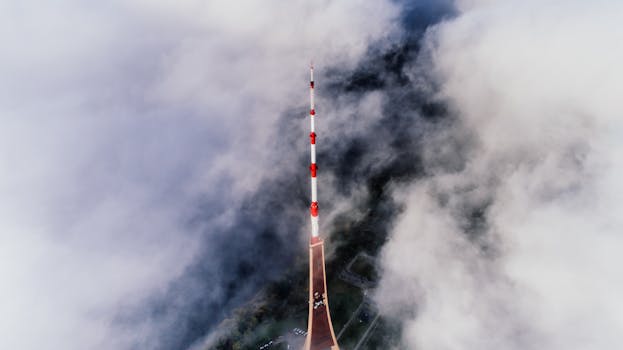
GEO Satellites: Introduction to the Focus Keyword
GEO satellites, or Geostationary Earth Orbit satellites, are a type of satellite that orbits the Earth at an altitude of approximately 36,000 kilometers above the equator. These satellites are designed to remain stationary in the sky, relative to a fixed point on the Earth’s surface, which makes them ideal for a variety of applications, including television broadcasting, telecommunications, and weather forecasting. The focus keyword, GEO satellites, is a term used to describe this specific type of satellite technology.
GEO satellites have been in use for several decades, with the first geostationary satellite, Syncom 2, launched in 1963. Since then, numerous GEO satellites have been launched, providing a wide range of services to users around the world. The technology behind GEO satellites is complex, involving sophisticated systems for propulsion, communication, and power generation. Despite the challenges, GEO satellites have become an essential part of modern telecommunications, enabling global connectivity and facilitating the exchange of information across the globe.
How GEO Satellites Work
GEO satellites work by using a combination of propulsion systems and gravity to maintain their orbit around the Earth. The satellites are launched into space using a rocket, which propels them to an altitude of approximately 36,000 kilometers above the equator. Once in orbit, the satellite uses its propulsion system to make any necessary adjustments to its position and velocity. The satellite’s communication system, which includes antennas and transponders, is used to transmit and receive signals to and from the Earth.
The signals transmitted by GEO satellites are used for a variety of purposes, including television broadcasting, telecommunications, and weather forecasting. The satellites receive signals from the Earth, amplify them, and then re-transmit them back to the Earth, allowing users to receive the signals and decode them. The process is complex, involving sophisticated systems for signal processing and transmission. However, the end result is a reliable and efficient means of communication that has revolutionized the way we live and work.
Applications of GEO Satellites
GEO satellites have a wide range of applications, including television broadcasting, telecommunications, and weather forecasting. The satellites are used to transmit television signals, allowing users to receive a wide range of channels and programming. They are also used for telecommunications, providing internet connectivity and enabling users to make phone calls and send messages. In addition, GEO satellites are used for weather forecasting, providing images of the Earth’s surface and atmosphere that are used to predict the weather.
GEO satellites are also used for navigation, providing location information and timing signals that are used by GPS receivers. The satellites are also used for scientific research, providing data on the Earth’s climate, geology, and natural resources. The applications of GEO satellites are diverse and continue to grow, as new technologies and services are developed.
Conclusion
In conclusion, GEO satellites play a crucial role in modern telecommunications, providing a wide range of services including television broadcasting, telecommunications, and weather forecasting. The technology behind GEO satellites is complex, involving sophisticated systems for propulsion, communication, and power generation. However, the end result is a reliable and efficient means of communication that has revolutionized the way we live and work. As the demand for satellite services continues to grow, it is likely that GEO satellites will remain an essential part of modern telecommunications for many years to come.